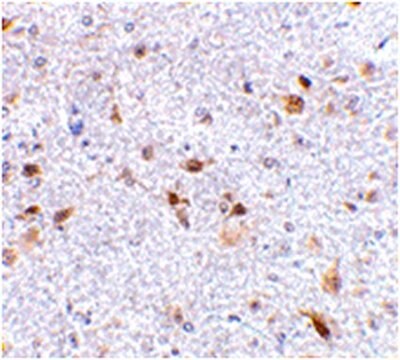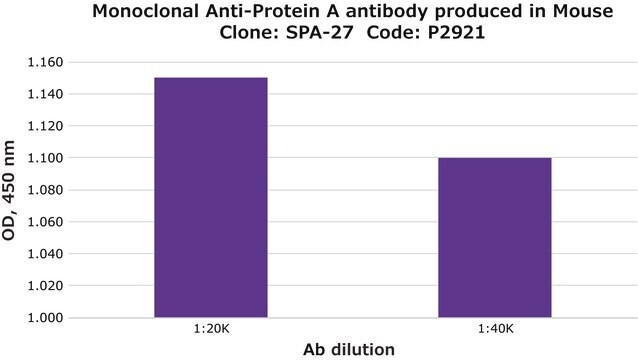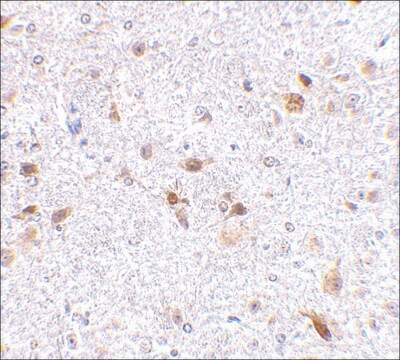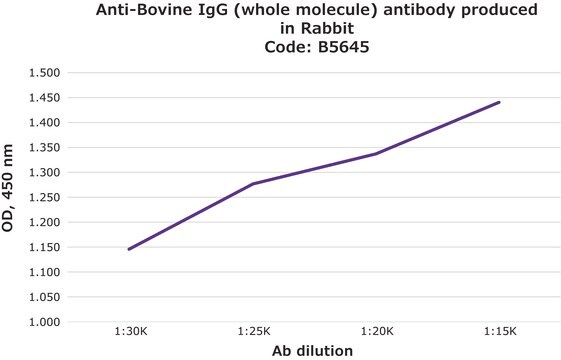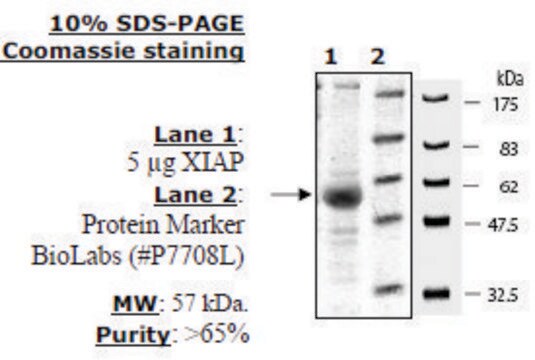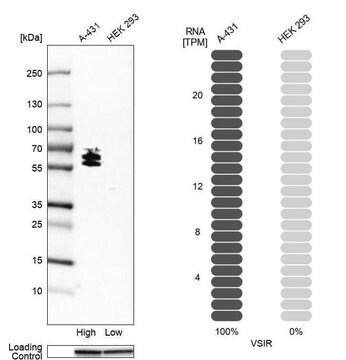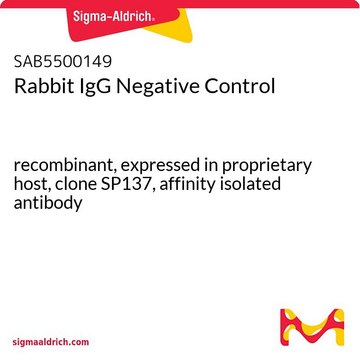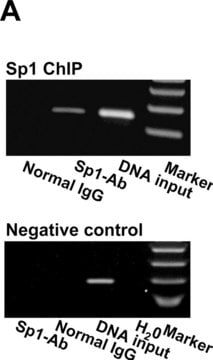MABC1120
Anti-PD-L2 Antibody, clone 366C.9E5
clone 366C.12.9E5.E10.19.1F8, from mouse
Sinônimo(s):
Programmed cell death 1 ligand 2, PD-1 ligand 2, PDCD1 ligand 2, Programmed death ligand 2, Butyrophilin B7-DC, B7-DC, CD273
About This Item
Produtos recomendados
fonte biológica
mouse
Nível de qualidade
forma do anticorpo
purified immunoglobulin
tipo de produto de anticorpo
primary antibodies
clone
366C.12.9E5.E10.19.1F8, monoclonal
reatividade de espécies
human
embalagem
antibody small pack of 25 μg
técnica(s)
immunohistochemistry: suitable (paraffin)
Isotipo
IgG1κ
nº de adesão NCBI
nº de adesão UniProt
modificação pós-traducional do alvo
unmodified
Informações sobre genes
human ... PDCD1LG2(80380)
Categorias relacionadas
Descrição geral
Especificidade
Imunogênio
Aplicação
Immunohistochemistry Analysis: A representative lot detected PD-L2 in Immunohistochemistry applications (Sridharan, V., et. al. (2016). Cancer Immunol Res. 4(8):679-87; Roemer, M.G., et. al. (2016). J Clin Oncol. 34(23):2690-7; Chong, L.C., et. al. (2016). Blood. 128(9):1206-13; Calles, A., et. al. (2015). J Thorac Oncol. 10(12):1726-35).
Apoptosis & Cancer
Qualidade
Immunohistochemistry Analysis: A 1:250 dilution of this antibody detected PD1-L2 in human tonsil tissue.
Descrição-alvo
forma física
Armazenamento e estabilidade
Outras notas
Exoneração de responsabilidade
Não está encontrando o produto certo?
Experimente o nosso Ferramenta de seleção de produtos.
Certificados de análise (COA)
Busque Certificados de análise (COA) digitando o Número do Lote do produto. Os números de lote e remessa podem ser encontrados no rótulo de um produto após a palavra “Lot” ou “Batch”.
Já possui este produto?
Encontre a documentação dos produtos que você adquiriu recentemente na biblioteca de documentos.
Nossa equipe de cientistas tem experiência em todas as áreas de pesquisa, incluindo Life Sciences, ciência de materiais, síntese química, cromatografia, química analítica e muitas outras.
Entre em contato com a assistência técnica